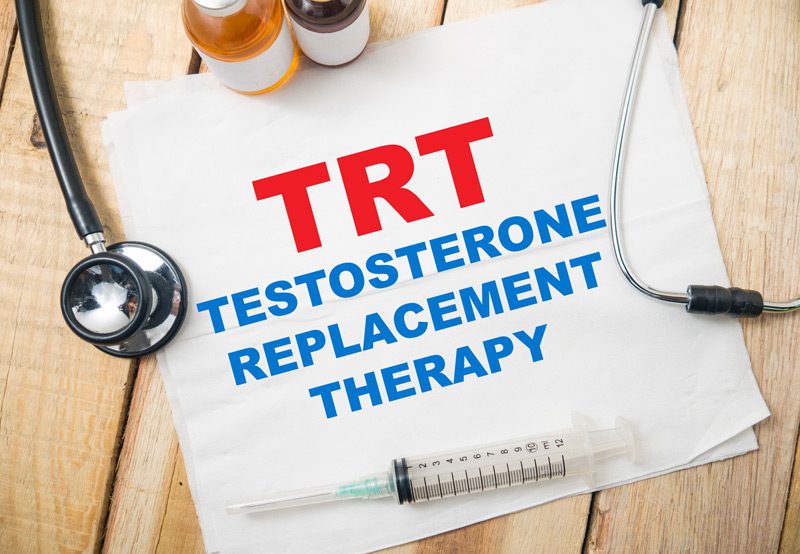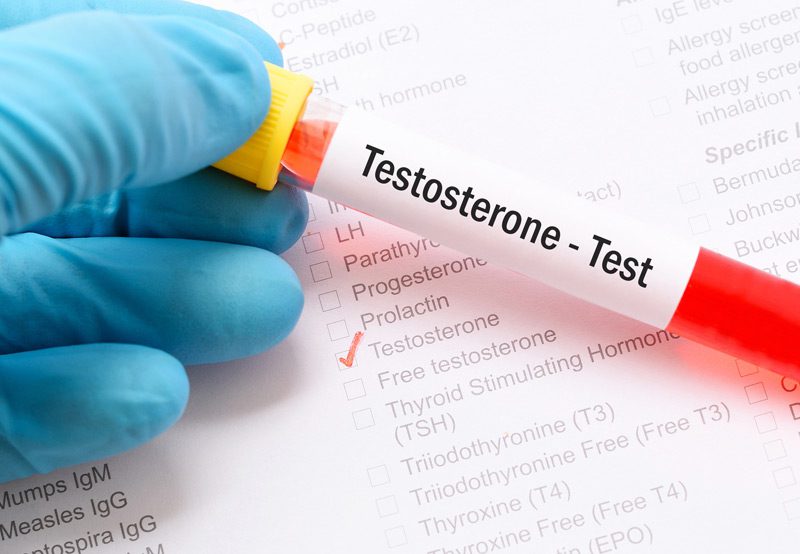

Low testosterone, or hypogonadism, is a condition in which the body does not produce enough testosterone, a key hormone responsible for various functions in men, including sexual drive, muscle strength, bone density, and red blood cell production. Symptoms of low testosterone can include fatigue, reduced libido, erectile dysfunction, depression, decreased muscle mass, and increased body fat. This condition can affect men of all ages, though it becomes more common with age.
Causes of Low Testosterone
Low testosterone can be caused by a variety of factors, including:
- Aging: Testosterone levels naturally decline with age, typically starting around the age of 30.
- Testicular Damage: Injury or trauma to the testicles can affect testosterone production.
- Chronic Health Conditions: Diabetes, obesity, and hypertension can impact testosterone levels.
- Medications: Certain medications, such as steroids, opioids, and treatments for cancer, can lower testosterone production.
- Genetic Disorders: Conditions such as Klinefelter syndrome can affect testosterone production.
- Pituitary Disorders: The pituitary gland plays a key role in regulating testosterone production, and dysfunction or damage to this gland can lead to low levels.

Diagnosis
Diagnosing low testosterone typically involves:
- Blood Tests: Testosterone levels are measured through a blood test, usually taken in the morning when levels are highest.
- Physical Exam: A healthcare provider will examine for physical signs of low testosterone, such as reduced body hair, breast development (gynecomastia), or small testes.
- Medical History: A thorough review of health conditions, medications, and lifestyle factors that may influence testosterone production.
- Additional Hormonal Tests: In some cases, other hormone levels (such as luteinizing hormone, follicle stimulating hormone, and prolactin) or pituitary function may be tested to assess the underlying cause of low testosterone.
Treatment Options
Treatment for low testosterone depends on the underlying cause and may include:
- Testosterone Replacement Therapy (TRT): There are several methods for taking testosterone, including transdermal (topical gels, creams, and patches applied to the skin), injections, pellets (placed under the skin for absorption), and intranasal (in the form of a gel).
- Lifestyle Changes: Losing weight and increasing physical activity can help to naturally raise testosterone levels.
- Treatment for Underlying Conditions: Addressing thyroid imbalances may help restore testosterone levels. Surgery or medication may be required to address tumors or dysfunction in the pituitary gland.
Next Steps
If you suspect low testosterone, a consultation with a doctor is essential for accurate diagnosis and treatment. With proper evaluation and the right treatment plan, testosterone levels can be effectively managed.
